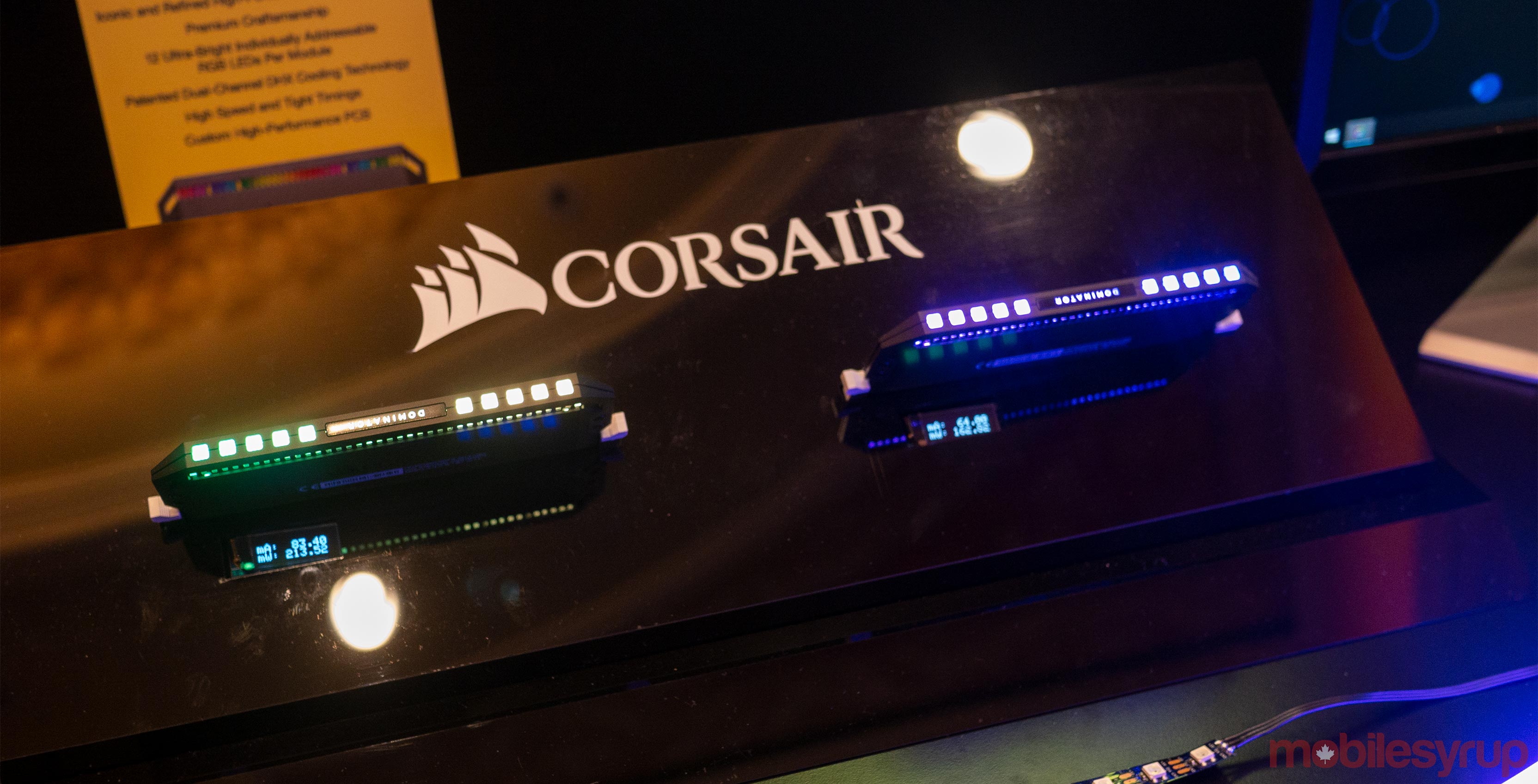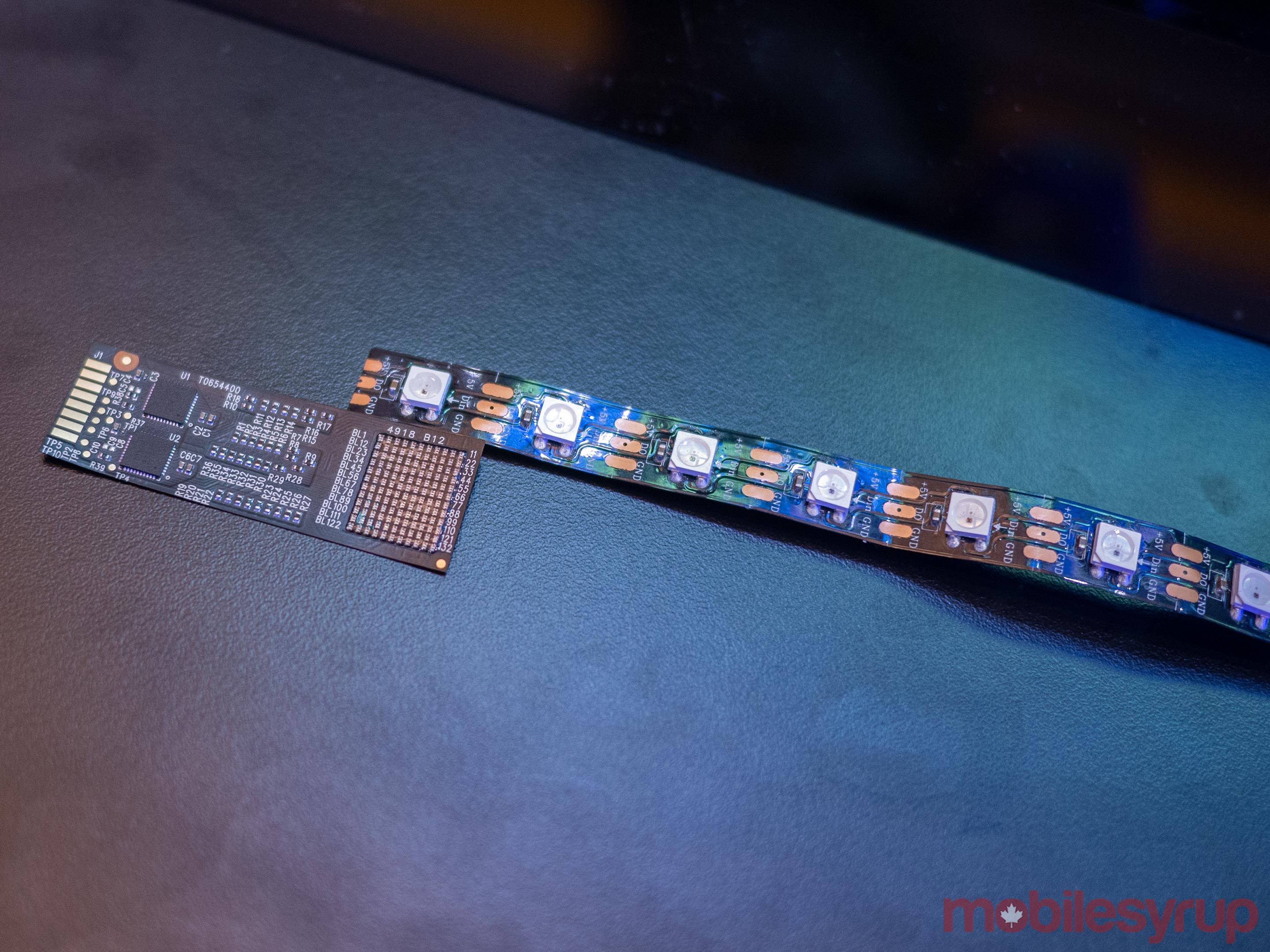
CES is one of the year’s biggest technology shows, with all kinds of crazy, snazzy and insane gadgets on display. However, sometimes it’s the little things that really stand out.
Take, for example, Corsair’s new RGB LED technology. While maybe not the most important thing on display, it’s impressively small. The PC components and accessories manufacturer managed to squeeze 100 RGB LEDs into the space that could previously hold only four LEDs.
Dubbed Capellix, these new LEDs are up to 60 percent brighter, 60 percent more efficient and require 40 percent less power than existing RGB LEDs.
To put the space savings in perspective, current LEDs and their required assemblies occupy a space of 2.8mm cubed. Capellix, however, only needs about 0.2mm cubed. That puts Corsair’s new LEDs in the same range as those used in the latest TVs and monitors.

Capellix has several implications for Corsairs suite of products, from fancier, brighter wireless mice and keyboards — with better battery life, thanks to increased power efficiency — to faster RAM.
While faster RAM may not seem connected to LEDs at first, considering that RAM draws its power through a computer’s motherboard, and that power is limited, LEDs can have a significant impact. According to Corsair, Capellix consumes next to nothing, allowing it to utilize the extra energy to increase timings on its RAM.
For example, Corsair’s new Dominator Platinum RGB memory can hit speeds up to 4,800MHz and have 12 individually addressable RGB LEDs per module. These RAM sticks should launch in February.
While Corsair may not be breaking ground on the most significant innovations, its new decorative Capillex RGB LEDs will have a more immediate effect than most things announced at CES. Expect Capillex to surface in more Corsair products over the year, offering palpable benefits to PC enthusiasts — even if they just want the most swagged out RAM sticks.
Source: The Verge
MobileSyrup may earn a commission from purchases made via our links, which helps fund the journalism we provide free on our website. These links do not influence our editorial content. Support us here.


